Excerpts from the book All Our Lives: A Centennial History of Michael Reese Hospital and Medical Center, 1881-1981, Sarah Gordon, ed.
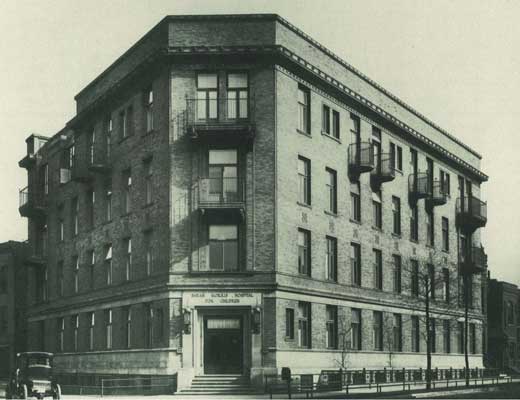
Sarah Morris Children’s Hospital was a monument to Dr. Abt’s work in pediatrics. In 1909 he was approached by the family of Nelson Morris, who wished to establish a children’s hospital in memory of their mother, Sarah Morris. Dr. Abt suggested that it be affiliated with Michael Reese Hospital, and the Morris family agreed to this condition. Dr. Abt toured children’s care facilities in many parts of the world before settling upon a design for the Sarah Morris building. It opened in 1913 and stood opposite the main Michael Reese Hospital for 55 years.
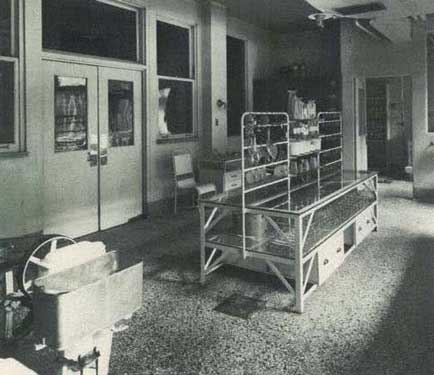

Four views of Sarah Morris Hospital, taken shortly after it opened: the milk laboratory and children’s playroom on the basement level; the incubator, a precursor of the Premature Station, on the third floor; and the fourth-floor reception area. Dr. Abt described some of the exceptional features of the building in his autobiography:
Four special isolating units, each with its own bath and its own outside entrance, were to be used in cases where the diagnosis was in doubt or where the patient developed an acute infection. The wards were small and hall space was kept down to a minimum, in order to avoid unnecessary walking and carrying on the part of the nurses. Many windows, as well as doors and transoms with glass panels, gave promise of a maximum of light and air. On the fourth floor we planned private rooms, the first patient rooms for children of which I had any knowledge. Most of these had their own small porches. In the basement we had a large, airy place that we could use as a playroom for convalescents. A solarium and a well-guarded open space in the rook provided a spot where children could play or lie in the sunshine in warm weather or cold. . . . After working in hospitals which made little distinction between food for infants and adults, I was particularly pleased with the plans for the Sarah Morris diet kitchen and milk station. Here we were to have our own pasteurizing equipment, sterilizers, and other devices for making milk preparations. There was to be ample refrigeration, and we thought we had overlooked no detail that would contribute to the cleanliness of the place or the aseptic precautions.


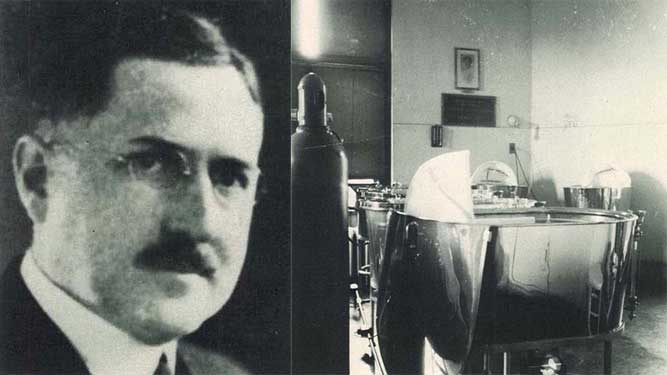
Dr. Julius Hess, 1876–1957, was experimenting with an incubator for premature infants as early as 1915. In 1922 he published The Premature and Congenitally Diseased Infant. Dr. Hess was an attending physician at Reese, but his influence extended far beyond that. He held a number of public offices, among them adviser to the Children’s Board of the Department of Labor, and member of the Illinois Board of Welfare Commissioners. Dr. Hess perfected his incubator bed at Sarah Morris. This device controls the temperature, humidity, and oxygen around the vulnerable premature infant. The bed is now on display at the Smithsonian Institution.
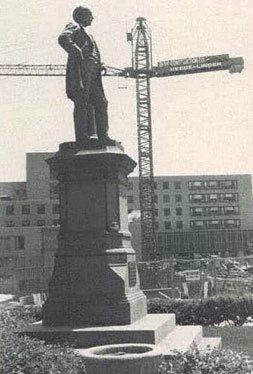
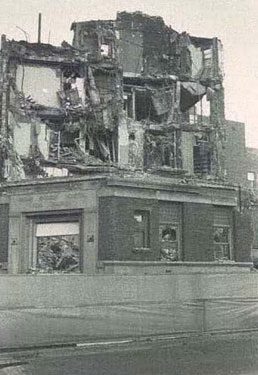
The famous old Sarah Morris Children’s Hospital finally came down in 1968, replaced by the Klein Women’s Hospital and the Kunstadter Children’s Center, combined in one of the largest and busiest buildings on the hospital campus. The 12-story structure memorializes Dr. Sidney Klein, a Reese physician, and Albert and Samuel Kunstadter.
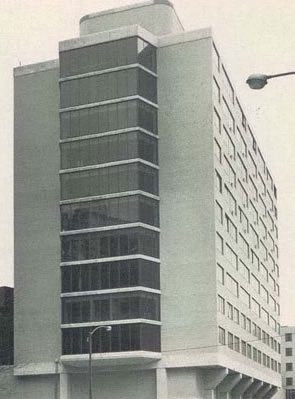
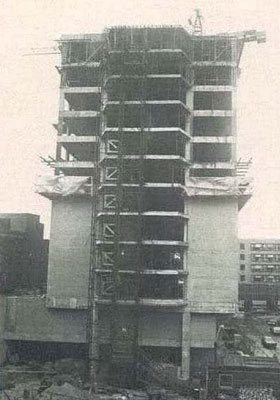
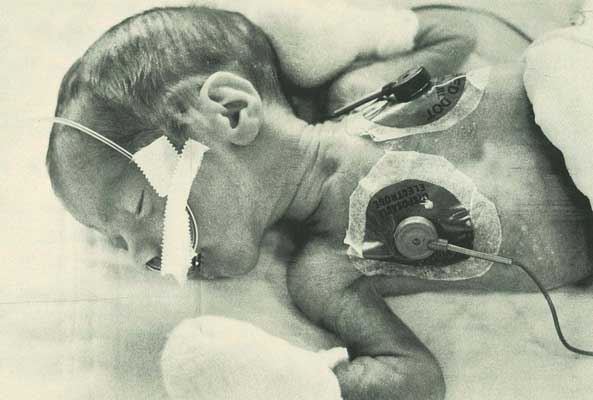
The Special Care Nursery in the Kunstadter Children’s Center is a newer version of the old premature station, which was housed in the old main building and then in Sarah Morris Hospital. A nasal-gastric tube feeds this baby a formula through its nose, and little gauze mittens prevent the baby from pulling the tube out. Electrodes attached to the chest measure respiration rate and heartbeat. The photo dates from the mid-seventies.
Related articles
Michael Reese Hospital – Beginnings
Michael Reese Hospital – Neighborhood and patients
Michael Reese Hospital – Nurses, interns, and residents
Michael Reese Hospital – Physicians
Michael Reese Archive: Comments from our readers

Leave a Reply